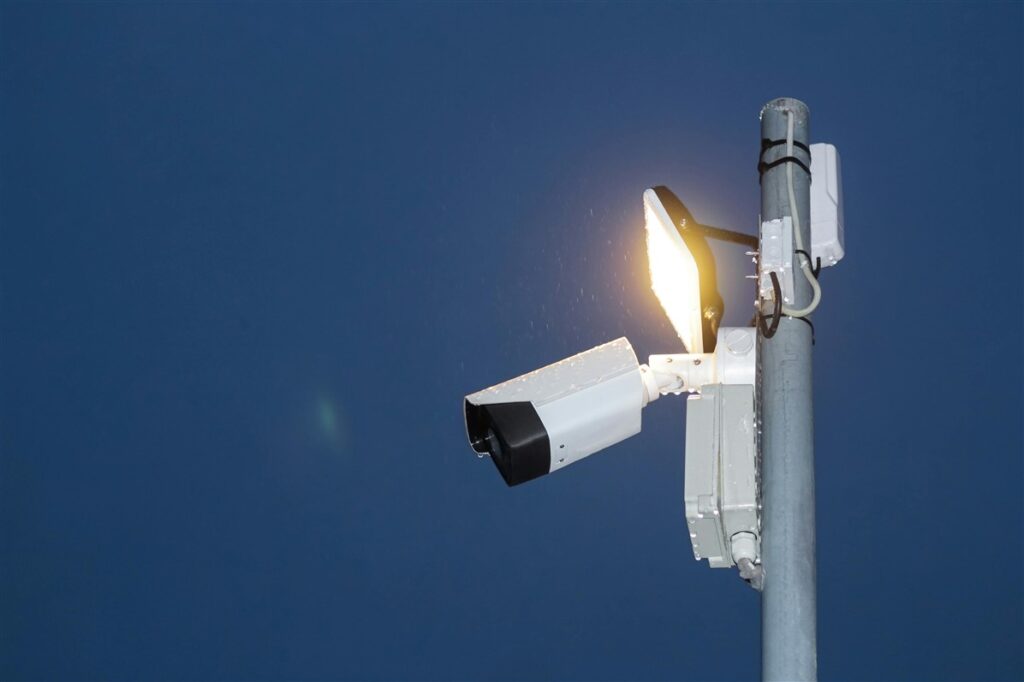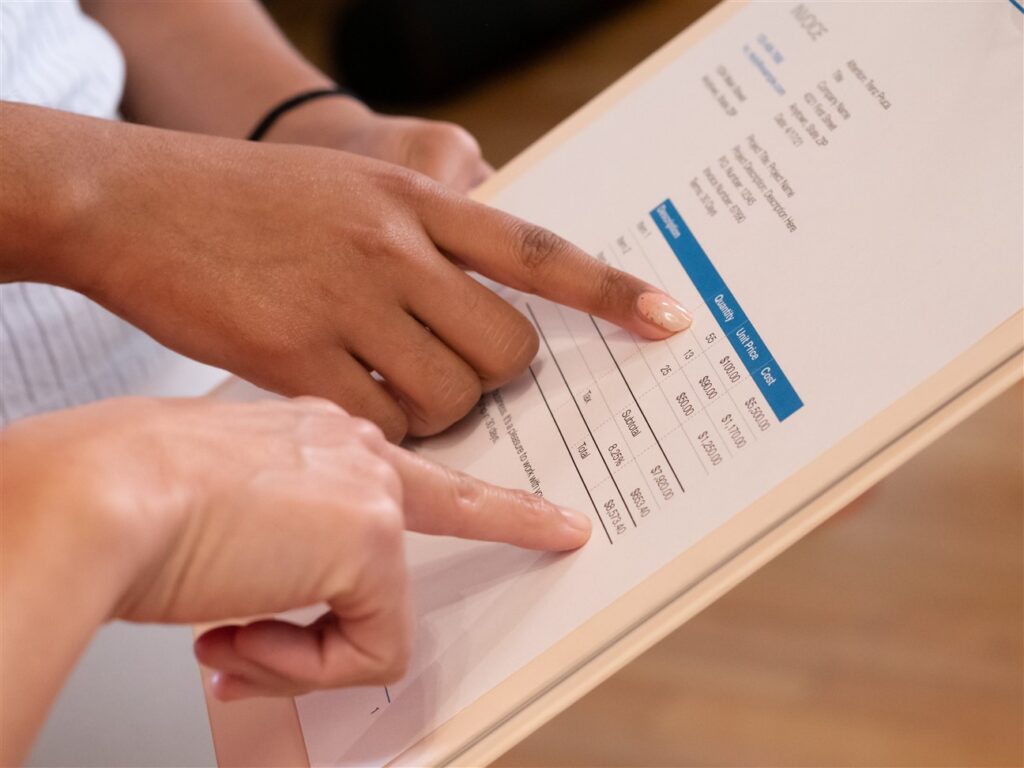Bright Sparks – Georg Ohm
The modern world would look very different without the contributions of those who helped us harness electricity and develop electrical equipment. Here, we focus on some of the pioneers of the electrical world and their remarkable achievements.
NAME: Georg Ohm
DATES: 16 March 1789 (Erlangen, Bavaria) – 6 July 1854 (Munich, Germany)
EARLY LIFE: Born into a Protestant family, Georg Simon Ohm was one of seven children, although only he, a sister and a brother survived childhood. Their father, a locksmith, home educated Georg and his brother Martin to an exceptionally high standard, in particular in maths and science, which led to Martin’s career as a mathematician and to Georg’s advances in electromagnetism.
At the University of Erlangen, Georg enjoyed the distractions of student life a little too much and his father insisted he leave for Switzerland. After working as a school teacher then private maths tutor, he returned to the University of Erlangen in 1811 as a lecturer, followed by more teaching posts in schools. While at the Jesuit Gymnasium of Cologne, he continued his studies and began experimental work based on Hans Christian Oersted’s 1820 discovery of electromagnetism.
FIRST PAPER: In 1825, Ohm published a paper looking at how electromagnetic force produced by a wire decreases in line with the increase in length of the wire.
MAJOR ACHIEVEMENTS:
Ohm’s Law: I = EIR
This formula describes the relationship between voltage, current and resistance in an electrical circuit, in that current is directly proportional to voltage and inversely proportional to resistance.
As a result the Ohm – a physical unit of electrical resistance – was named after him.
NOTABLE DATES:
1820s
1826 wrote two important papers, which offered a mathematical description of conduction and proposed laws about galvanic electricity. These were based on studies of heat conduction by the French mathematician Joseph Fourier.
1827 published his book: The Galvanic Circuit Investigated Mathematically (Die galvanische Kette, mathematisch bearbeitet), which first posited Ohm’s Law.
1830s
1833 became Professor of Mathematics and Physics at the Royal Polytechnic School of Nuremberg.
1839 became Chancellor of the Royal Polytechnic School of Nuremberg (until 1849).
1840s
1841 awarded the Copley Medal by the Royal Society of London.
1842 became a foreign member of the Royal Society.
1843 proposed a theory of sounds, which became known as Ohm’s Acoustic Law; however, this law is generally considered not to be completely accurate.
1845 made a member of the Bavarian Academy of Sciences and Humanities.
1849 became curator of the Bavarian Academy’s physical cabinet; lectured at the University of Munich; published the book Molecular Physics.
1854 appointed Chair of Physics at the University of Munich.
1854 died on 6 July, aged 65.
3 THINGS YOU MIGHT NOT KNOW:
1. Ohm’s mother died when he was just 10 years old.
2. While working at a new school set up in Cologne, Ohm spent a large part of his salary on new equipment for the physics laboratory.
3. In 1850, Nuremberg awarded Ohm the Freedom of the Town.
LEGACY:
Although his education came largely from his self-taught father, Georg Ohm became a key figure the history of electromagnetism.
The publication of The Galvanic Circuit Investigated Mathematically was to have a major impact in the field, and his work formed the basis of circuit theory, which was to later prove a key area of research.

Our guide to building energy management systems
Building energy management systems (BEMS) are systems that allow you to monitor, control, and optimise the energy used within your building. The phrase building energy management system (BEMS) is often used interchangeably with the phrase building management system (BMS), but there are some differences. A BEMS is focused on energy-related systems such as lighting, heating, […]
Read more
How far does power travel and what impact does distance have on performance
It’s easy to take our electricity supply for granted. We flick a switch and instantly have light or power. We don’t even think about it unless there’s an issue or an outage. But when there is an issue or outage, the impact can be significant. For manufacturers, even the smallest change in power can make […]
Read more
Why visibility of the production process is so important
Operational excellence, efficiency and quality are top priorities for almost every manufacturer worldwide. These things lead to improved productivity, happier customers and reduced waste – all of which result in increased profits. Visibility of the production process is the key to achieving these things. And manufacturers now have access to technology that can provide real-time […]
Read more
Will security lighting help to protect my staff?
Looking after the safety and well-being of employees should be a priority for any business. And while it’s not possible to mitigate every risk, there are measures you can take to improve their safety and security. One measure that is often overlooked is the installation of security lighting. When daylight disappears, visibility is reduced, increasing […]
Read more
Top 5 considerations when comparing electrical quotes
Budget is always a factor when you’re considering any type of upgrade, revamp, or maintenance work within your factory. But when it comes to electrical work, you have to consider more than just money. Don’t rush into accepting the cheapest electrical quotes without knowing exactly what you’re getting. Electrical work is not an area where […]
Read more
What is the role of companies in reducing our carbon footprint?
We should all be taking responsibility for protecting our planet and a big part of that is reducing our carbon footprint. But while it falls to all of us to do our bit, there is additional pressure on manufacturers, especially those with high carbon emissions. As an absolute minimum, these companies should ensure compliance with […]
Read more

